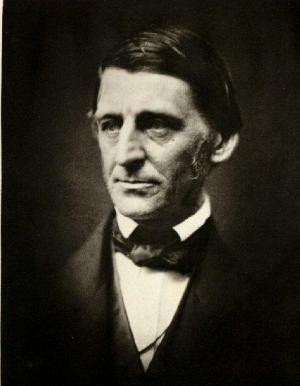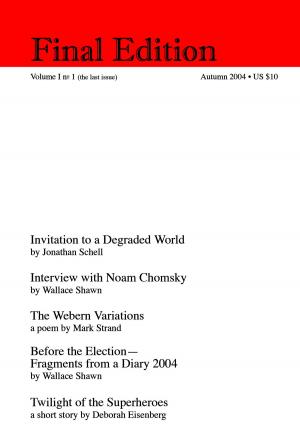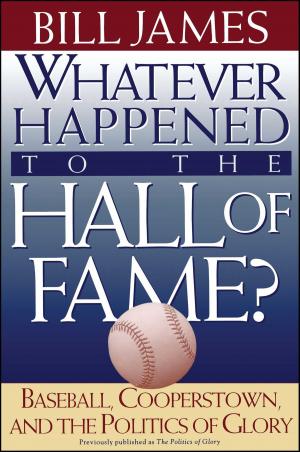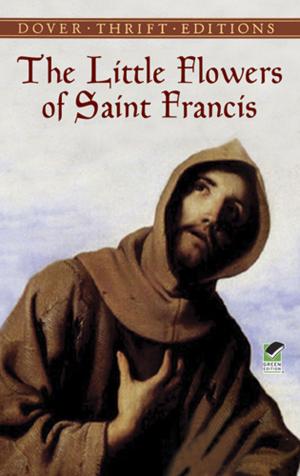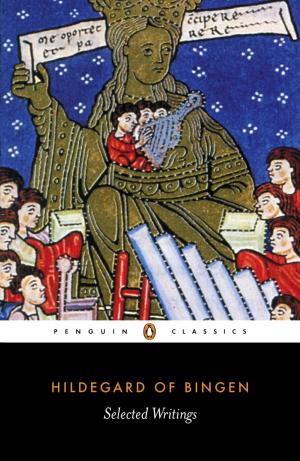| Author: | San Louie | ISBN: | 9781465968630 |
| Publisher: | San Louie | Publication: | June 29, 2011 |
| Imprint: | Smashwords Edition | Language: | English |
| Author: | San Louie |
| ISBN: | 9781465968630 |
| Publisher: | San Louie |
| Publication: | June 29, 2011 |
| Imprint: | Smashwords Edition |
| Language: | English |
EXCERPT:
The business of rating the happiness of a place, whether San Luis Obispo or anywhere else, pretty much eludes all validity. The best evidence for such a claim would be self-reported, but even then there are trapdoors. The people of x say they are all infinitely happy? Well, maybe the people of x are all liars. Or maybe they have actually convinced themselves that they are happy, and well—if perception is reality—then they are happy.
None of this, by the way, tells us if they are happier than people in any other locale. This conundrum presents a case of Ludwig Wittgenstein visits the Central Coast: how do I know that your tooth aches and how do I know that when you say that your tooth aches that it aches in the same way as mine, or that you even mean the same thing that I mean when I say that my tooth aches? There are also hurdles of definition and calibration.
Is happiness job satisfaction? Joy? Does a single hour of euphoria equal three months of bovine contentment? Does the instant ecstasy of religious martyrdom trump the accumulated contemplations of a 500-year-old clam?
Despite this cloud of unknowability, SLO nonetheless found itself recently rated as one of the three happiest places on the planet, sandwiched between the nations of Denmark and Singapore. I ponder this rating as a SLO newcomer, having previously lived in Seattle, Honolulu, and Hanoi. When I contrast my life here with my lives elsewhere, I realize that what I relish most are the things I do not find.
Traffic, for instance. Once last year—I remember it well—I sat through the same light twice. Or standing in long lines in the grocery store. Nor do I miss extremes of temperature. In tropical Hanoi I bathed in a perpetual halo of personal sweat, and in frigid Seattle I had to battle the obligatory biannual snowstorm. I do not miss grappling with rusted traction devices in early morning darkness, scraping my knuckles raw just to get to work. By contrast, SLO has two seasons, brown and green, with gentle, chameleonic shifts between.
Moderation may in fact be the single trait that makes SLO so livable. This trait transcends mere climate, and applies to topography as well. Its modest hills, softly rounded here, and slightly craggy there, leave ample room for vertical vistas of sky and horizontal avenues of space. The gently inclined roads curve, and eschew sharp twists. A temperate fog often burns off to yield a temperate blue day.
So what does SLO have in common with tropical Singapore? As it is clearly not the climate, I will venture to say instead that it is the element of concerted social control. In Singapore, some years back, a man was sentenced to public caning for failing to wash his hands after using the restroom. Although SLO refrains from public whippings, it flexes legislative muscles of social control, outlawing, for instance, drive-thru restaurants. SLO was a veritable pioneer in banning public smoking. And doesn’t its idyllic topography owe much of its charm to zoning laws?
And Denmark? Well, Denmark is socialist, and so, in a sense, is SLO. SLO’s economy is sustained by two state factories. I am a librarian at Cal Poly, my next-door neighbor is a prison guard at the Men’s Colony. We both make payments on our condos with monies drawn from the 8th largest economy in the world. Remove these factories (and throw Diablo Canyon into the mix, if you like) and SLO collapses economically like a jack-o-lantern in November, like Pontiac or Detroit, or Seattle in the ’60s, when Boeing nearly turned out the lights.
One might counter that none of this accounts for SLO’s fine showing in the happiness sweepstakes, but that rather, the high rating stems from its flourishing arts scene. Yet when all is said and done, this cultural milieu is nothing more than an ectoplasmic manifestation of SLO’s economy.
EXCERPT:
The business of rating the happiness of a place, whether San Luis Obispo or anywhere else, pretty much eludes all validity. The best evidence for such a claim would be self-reported, but even then there are trapdoors. The people of x say they are all infinitely happy? Well, maybe the people of x are all liars. Or maybe they have actually convinced themselves that they are happy, and well—if perception is reality—then they are happy.
None of this, by the way, tells us if they are happier than people in any other locale. This conundrum presents a case of Ludwig Wittgenstein visits the Central Coast: how do I know that your tooth aches and how do I know that when you say that your tooth aches that it aches in the same way as mine, or that you even mean the same thing that I mean when I say that my tooth aches? There are also hurdles of definition and calibration.
Is happiness job satisfaction? Joy? Does a single hour of euphoria equal three months of bovine contentment? Does the instant ecstasy of religious martyrdom trump the accumulated contemplations of a 500-year-old clam?
Despite this cloud of unknowability, SLO nonetheless found itself recently rated as one of the three happiest places on the planet, sandwiched between the nations of Denmark and Singapore. I ponder this rating as a SLO newcomer, having previously lived in Seattle, Honolulu, and Hanoi. When I contrast my life here with my lives elsewhere, I realize that what I relish most are the things I do not find.
Traffic, for instance. Once last year—I remember it well—I sat through the same light twice. Or standing in long lines in the grocery store. Nor do I miss extremes of temperature. In tropical Hanoi I bathed in a perpetual halo of personal sweat, and in frigid Seattle I had to battle the obligatory biannual snowstorm. I do not miss grappling with rusted traction devices in early morning darkness, scraping my knuckles raw just to get to work. By contrast, SLO has two seasons, brown and green, with gentle, chameleonic shifts between.
Moderation may in fact be the single trait that makes SLO so livable. This trait transcends mere climate, and applies to topography as well. Its modest hills, softly rounded here, and slightly craggy there, leave ample room for vertical vistas of sky and horizontal avenues of space. The gently inclined roads curve, and eschew sharp twists. A temperate fog often burns off to yield a temperate blue day.
So what does SLO have in common with tropical Singapore? As it is clearly not the climate, I will venture to say instead that it is the element of concerted social control. In Singapore, some years back, a man was sentenced to public caning for failing to wash his hands after using the restroom. Although SLO refrains from public whippings, it flexes legislative muscles of social control, outlawing, for instance, drive-thru restaurants. SLO was a veritable pioneer in banning public smoking. And doesn’t its idyllic topography owe much of its charm to zoning laws?
And Denmark? Well, Denmark is socialist, and so, in a sense, is SLO. SLO’s economy is sustained by two state factories. I am a librarian at Cal Poly, my next-door neighbor is a prison guard at the Men’s Colony. We both make payments on our condos with monies drawn from the 8th largest economy in the world. Remove these factories (and throw Diablo Canyon into the mix, if you like) and SLO collapses economically like a jack-o-lantern in November, like Pontiac or Detroit, or Seattle in the ’60s, when Boeing nearly turned out the lights.
One might counter that none of this accounts for SLO’s fine showing in the happiness sweepstakes, but that rather, the high rating stems from its flourishing arts scene. Yet when all is said and done, this cultural milieu is nothing more than an ectoplasmic manifestation of SLO’s economy.





